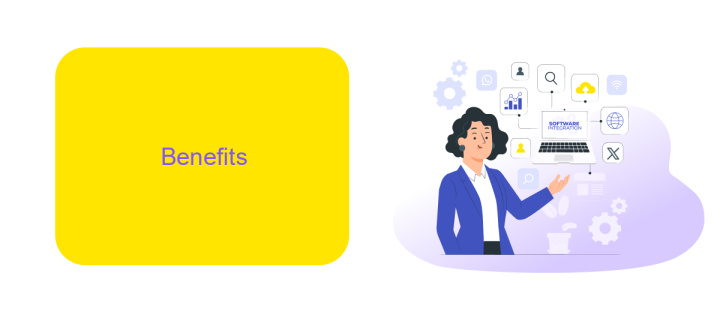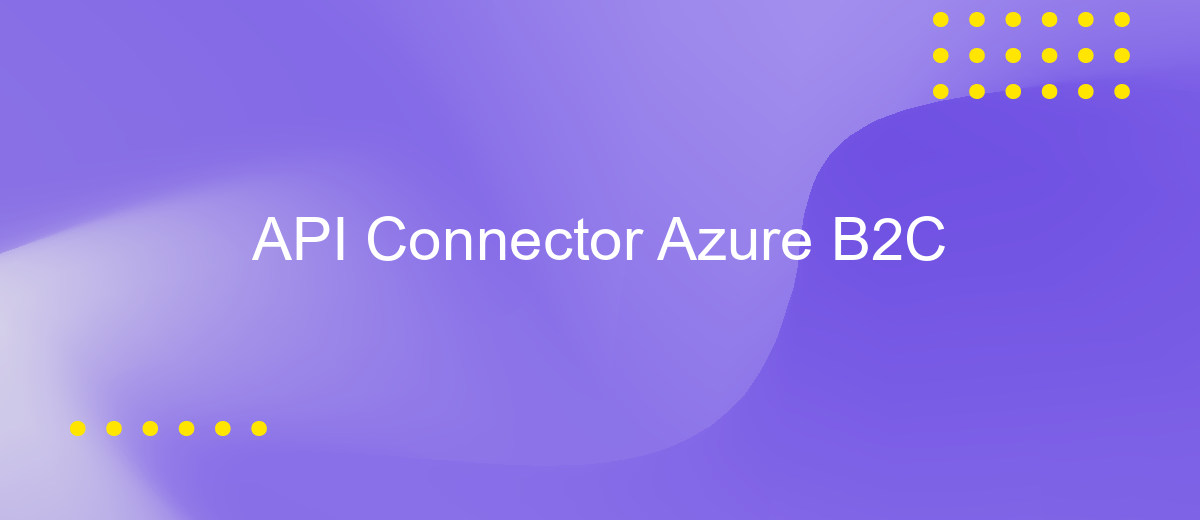API Connector Azure B2C
Azure B2C API Connector is a powerful tool that enables seamless integration between Azure Active Directory B2C and external systems. By leveraging API Connectors, businesses can enhance user authentication and registration processes, ensuring a more secure and personalized user experience. This article explores the key features, benefits, and implementation strategies of API Connectors in Azure B2C, providing insights into how they can optimize identity management and streamline user interactions.
Overview
Azure B2C API Connector is a powerful tool that enhances the capabilities of Azure Active Directory B2C by allowing seamless integration with external APIs. This feature enables developers to customize user journeys by incorporating data from third-party systems during the authentication and registration processes. By leveraging API Connectors, businesses can provide a more personalized and secure user experience.
- Integrate with external systems to validate or enrich user data.
- Customize user journeys with additional business logic.
- Improve security by implementing custom validation checks.
- Enhance user experience with personalized content or offers.
- Facilitate compliance with regulatory requirements through data processing.
Implementing Azure B2C API Connectors involves configuring the Azure portal to specify when the API calls should be made during the user journey. Developers need to define the API endpoint, authentication method, and any necessary parameters. This flexibility allows for a tailored user experience while maintaining control over data flow and security. By integrating with existing systems, businesses can streamline processes and offer a cohesive digital experience to their users.
Benefits

Integrating Azure B2C with API Connector offers numerous advantages that enhance both functionality and user experience. By leveraging this combination, businesses can streamline user authentication processes while ensuring robust security measures. Azure B2C provides a scalable identity management solution, allowing for seamless integration with various applications and services. This not only simplifies user onboarding but also enhances the overall security posture by centralizing identity management.
Furthermore, utilizing services like ApiX-Drive can significantly simplify integration processes. ApiX-Drive acts as a bridge, facilitating smooth data transfer between Azure B2C and other applications. This reduces the need for complex coding and minimizes potential integration errors. With ApiX-Drive, businesses can automate workflows, ensuring that user data is consistently synchronized across platforms. This leads to improved operational efficiency and allows companies to focus on core business activities rather than technical challenges. Overall, the combination of Azure B2C and API Connector, enhanced by tools like ApiX-Drive, provides a comprehensive solution for managing user identities and streamlining integrations.
Use cases

API Connector in Azure B2C offers versatile solutions for enhancing user authentication and profile management processes. By integrating external APIs, businesses can customize user journeys and improve security measures seamlessly. This capability allows organizations to tailor authentication experiences to meet specific business requirements, ensuring a more personalized and secure interaction for users.
- Enhance user registration by validating user data against external databases, ensuring data accuracy and compliance.
- Implement multi-factor authentication by integrating third-party authentication services, adding an extra layer of security.
- Personalize user experiences by fetching additional user attributes from external APIs during the sign-in process.
- Streamline user profile updates by synchronizing data with external systems, maintaining consistency across platforms.
- Facilitate seamless user migration by leveraging APIs to import user data from legacy systems into Azure B2C.
These use cases demonstrate the flexibility and power of Azure B2C's API Connector, enabling businesses to create more secure and user-friendly authentication processes. By leveraging external APIs, organizations can enhance their identity management strategies, ensuring a robust and adaptable solution that meets evolving business needs and user expectations.
How it works

The Azure B2C API Connector provides a seamless way to integrate external systems into your Azure Active Directory B2C tenant. By leveraging this connector, developers can enhance user journeys with custom logic and data validation, ensuring a personalized and secure user experience. The API Connector acts as a bridge between Azure B2C and external APIs, allowing for dynamic interaction during user sign-up, sign-in, and profile editing processes.
To implement the Azure B2C API Connector, developers need to configure it within the Azure portal. This involves specifying the endpoint URL of the external API and selecting the user journey steps where the API call should be triggered. The connector supports both synchronous and asynchronous calls, providing flexibility in handling different scenarios. Authentication methods such as OAuth2 or Basic Authentication can be configured to secure API communications.
- Define the API endpoint and configure authentication settings.
- Specify the user journey steps for API invocation.
- Test the integration to ensure seamless operation.
- Monitor and log API calls for troubleshooting and optimization.
Once set up, the API Connector facilitates real-time data exchange, enabling businesses to implement complex business logic without compromising security. It empowers developers to create tailored user experiences by leveraging external data sources, ensuring that user interactions are both efficient and secure. The flexibility and scalability of the Azure B2C API Connector make it a vital tool for modern identity management solutions.
- Automate the work of an online store or landing
- Empower through integration
- Don't spend money on programmers and integrators
- Save time by automating routine tasks
Next steps
Having explored the capabilities of the Azure B2C API Connector, it's time to advance your integration skills by experimenting with various configurations. Start by delving into the Azure portal to customize user flows and policies that align with your organizational needs. This will enable you to leverage the full potential of Azure B2C's identity management and authentication features, ensuring a seamless user experience. Additionally, consider exploring the extensive documentation provided by Microsoft to deepen your understanding of API management and integration within the Azure ecosystem.
To further streamline your integration processes, consider utilizing services like ApiX-Drive. This platform can simplify the process of connecting Azure B2C with other applications, allowing you to automate data transfer and synchronization without extensive coding. By integrating ApiX-Drive, you can enhance your system's efficiency, reduce manual tasks, and ensure that your applications communicate effectively. As you continue to build on your knowledge, keep experimenting with new tools and services to optimize your API integrations and stay ahead in the ever-evolving landscape of digital identity management.
FAQ
What is Azure B2C API Connector used for?
How do I set up an API Connector in Azure B2C?
Can I use API Connector to integrate with third-party services?
What are some common use cases for using API Connector in Azure B2C?
How does API Connector handle errors during API calls?
Apix-Drive is a simple and efficient system connector that will help you automate routine tasks and optimize business processes. You can save time and money, direct these resources to more important purposes. Test ApiX-Drive and make sure that this tool will relieve your employees and after 5 minutes of settings your business will start working faster.


